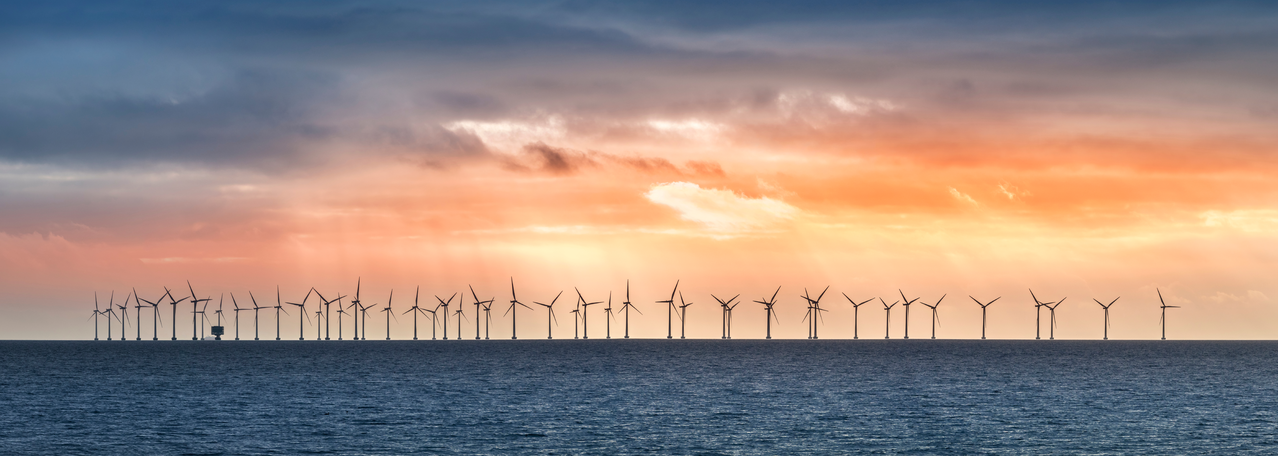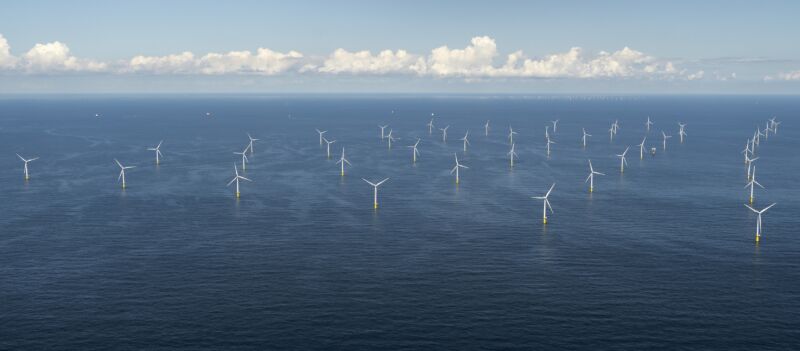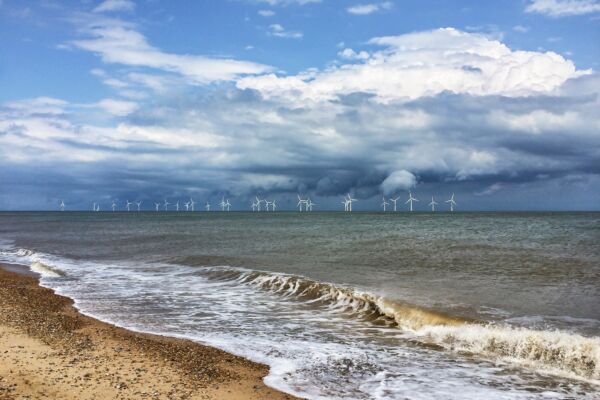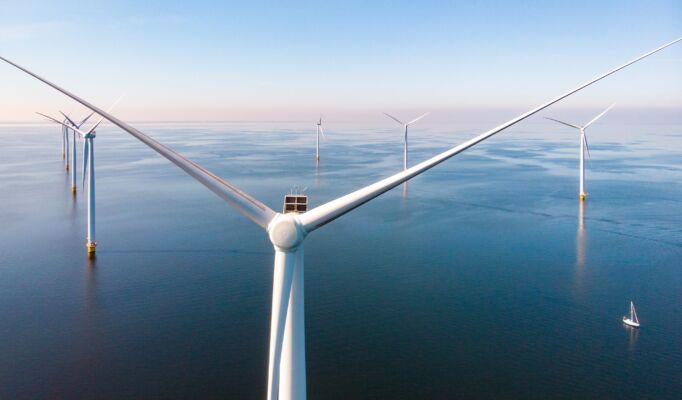Vattenfall and BASF are responsible for the construction of 140 wind turbines, each with a rated output of 11 megawatt (MW), off the coast of Holland. The aim of the mammoth project is to supply more than two million households with electricity when it is completed in 2023. Not only is it the first offshore wind farm to operate without government subsidies, but it is also expected to be profitable. As such, it could serve as a model for future projects.
Hollandse Kust Zuid’s turbines have huge dimensions. The largest monopile foundation weighs 955 tons each and is 75 meters high, while the smallest weighs 735 tons and is 62 meters high.
Laying the groundwork
Unlike other foundation designs such as tripods, tripiles, or jackets, which consist of two or three pipes, a monopile is a single cylindrical pipe, which makes it suitable for shallow to medium water depths. For the Hollandse Kust Zuid project, they will be installed at depths between 17 and 28 meters.
For the 140 wind turbines, each foundation will be specially adapted to the local conditions, water depth, and subsoil to help ensure optimal performance. Before the wind turbines are installed, a large installation ship positions the monopiles. A ship’s crane lowers them into the water at the pre-determined location and a hydraulic hammer forces half of the foundation’s length ground so that it can stand securely. The actual wind turbine can then be erected on top.
Spinning by 2022
Multinational power company, Vattenfall, plans to do this by spring 2022, so that the first wind turbines can go into operation a year before project end.
During the building process, a connecting element will be first placed on the foundation, followed by the individual tower segments, the nacelle, and the rotor blades. Most of the components will arrive pre-assembled so that assembly work on-site is kept to a minimum. After all, conditions on the high seas are much harsher than in production facilities on dry land.
Finally, the wind turbines are connected to the power grid. The electricity from all the wind turbines in the farm is collected at a station where it is transformed and sent via submarine cable to the next grid node on land. Power will then flow to houses in the Netherlands, as well as partly to BASF sites which will use its share of the electricity for more environmentally friendly production.



